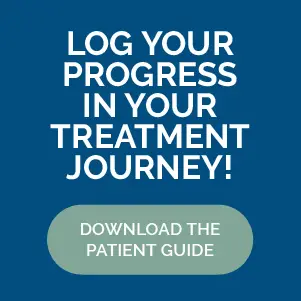Physical therapy is not often thought of as a solution for difficulties stemming from lung diagnoses such as COPD, asthma, lung cancer, or complications from COVID-19. However, pulmonary physical therapy can tangibly improve the fitness of your respiratory function. Here are some questions you should consider asking your pulmonary physical therapist during pulmonary rehabilitation:
What Is a Pulmonary Physical Therapist?
Physical therapists are often thought of as professionals who help athletes recover from injury, assist those after orthopedic surgeries, or provide training to those following traumatic events, such as a stroke.
However, physical therapists also receive comprehensive training to treat people with pulmonary and cardiac conditions. A pulmonary physical therapist is a physical therapist that specializes in the treatment and management of those with respiratory issues. Pulmonary physical therapists can evaluate, assess, and develop appropriate treatment plans to increase energy, improve strength, and facilitate improved quality of life.
What Should You Expect from Pulmonary Physical Therapy?
When you attend pulmonary rehabilitation and you have access to a pulmonary physical therapist, you can expect to go through a thorough examination at your first session. The physical therapist will take a complete medical history and ask you questions about your symptoms and difficulties you may be experiencing due to your lung condition.
Following this conversation, the physical therapist will choose some examination measures to evaluate your strength, endurance, and balance. After this evaluation, the physical therapist will determine what services you will need to improve your condition.
What Does Physical Therapy Have to Do with My Lungs?
Often times, people don’t think of physical therapy being lung therapy. Although physical therapists cannot reverse any damage done to lung tissue through disease processes, they can work on improving the rest of your body to help manage your symptoms. Some things that your pulmonary physical therapist may prescribe for you include:
- Individualized aerobic and anaerobic exercises to increase endurance, strength, and lung capacity
- Breathing techniques to improve your efficiency, or quality of breathing
- Postural re-education to improve respiratory function
- Manual therapy to address thoracic spine and rib mobility
- Activity modification and energy conservation to improve tolerance to daily life
Who Benefits from Pulmonary Physical Therapy?
Long story short, anyone with shortness of breath may benefit from pulmonary physical therapy or pulmonary rehabilitation. We can treat patients with many diagnoses, including, but not limited to:
- COPD (chronic obstructive pulmonary disease)
- Asthma
- Pulmonary hypertension
- Cystic fibrosis
- Interstitial lung disease
- Following thoracic surgery (for lung cancer or other issues)
- Pre/post lung transplant
- COVID-19 complications
How to Get Ready for Your First Day of Pulmonary Therapy
First, don’t be nervous. Your pulmonary team is excited to meet you and learn more about you. It is our job to determine where your limitations are, what symptoms are the most problematic, and work with you to figure out how we can best assist you. It’s a good idea to have a list of your current medications, and some thoughts on what goals you’d like to meet by coming to therapy. You should plan to wear comfortable clothing, sturdy shoes, and be prepared to learn a lot about your lung condition.
How Do I Find a Pulmonary Physical Therapy Program?
Pulmonary physical therapy may be an independent service, or part of a comprehensive pulmonary rehabilitation program, like we offer at Lifeline Therapy. If you are in the Pittsburgh region, we have several convenient locations to choose from. If you’re not in our area, you can complete an Internet search to find a provider near you, or reach out to your insurance provider for assistance.


